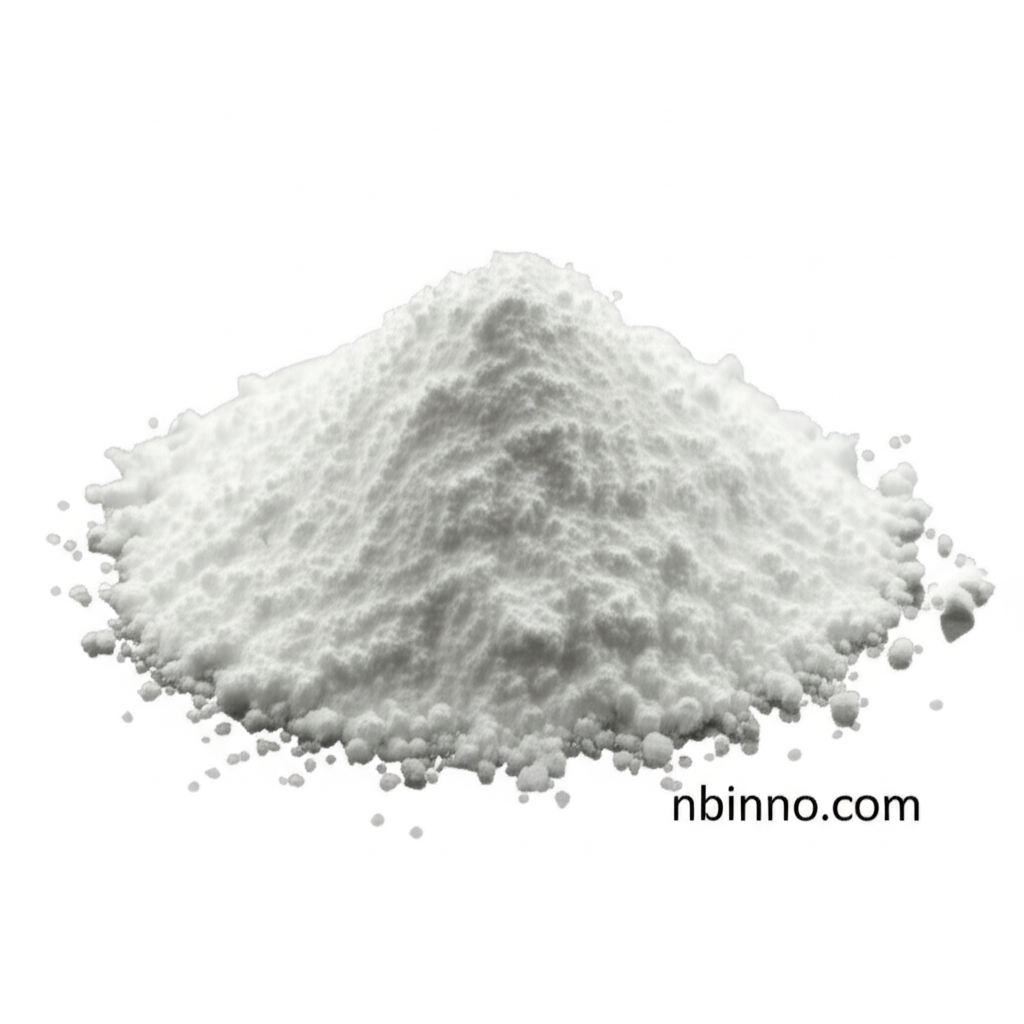1,2-bis(4-bromophenyl)ethyne: A Key Intermediate for Advanced Materials
Exploring the synthesis, properties, and diverse applications of a critical organic compound in modern chemistry.
Get a Quote & SampleProduct Core Value

1,2-bis(4-bromophenyl)ethyne
A vital organic intermediate, 1,2-bis(4-bromophenyl)ethyne (CAS NO: 2789-89-1) serves as a fundamental building block in the synthesis of complex organic molecules and advanced materials. Its unique structure, featuring brominated phenyl rings linked by an ethyne group, makes it indispensable for applications requiring specific electronic and photophysical properties. This compound is crucial for researchers and manufacturers working with cutting-edge technologies.
- Discover the crucial role of 1,2-bis(4-bromophenyl)ethyne in organic synthesis, providing a versatile platform for creating novel chemical structures.
- Explore how 1,2-bis(4-bromophenyl)ethyne is utilized in the development of OLED/photoelectric materials, contributing to advancements in display and lighting technologies.
- Understand the significance of this compound as a precursor in molecular electronics research, paving the way for next-generation electronic devices.
- Learn about the synthesis and purification processes that ensure the high purity (97% min) required for demanding scientific applications.
Key Advantages
Versatile Chemical Intermediate
Leveraging the reactivity of its bromophenyl ethyne structure, 1,2-bis(4-bromophenyl)ethyne offers exceptional versatility for various organic chemistry building blocks applications.
Enabling Advanced Technologies
As a crucial component in OLED material intermediates and molecular electronics, it drives innovation in displays, lighting, and nanoscale devices.
Facilitating Cutting-Edge Research
Its role in molecular electronics research makes it invaluable for scientists pushing the boundaries of electronic device miniaturization and functionality.
Key Applications
Chemical Synthesis Intermediate
As a foundational organic synthesis intermediate, it's employed in complex multi-step reactions to create specialized organic compounds.
OLED and Photoelectric Materials
Its unique electronic properties make it a sought-after material for the fabrication of high-performance OLEDs and other photoelectric devices.
Molecular Electronics
The compound is integral to research in molecular electronics, serving as a component in the design and construction of single-molecule devices.
Custom Synthesis Projects
Widely used in custom chemical synthesis services, it allows for the tailored creation of specific molecules to meet unique research and development needs.
